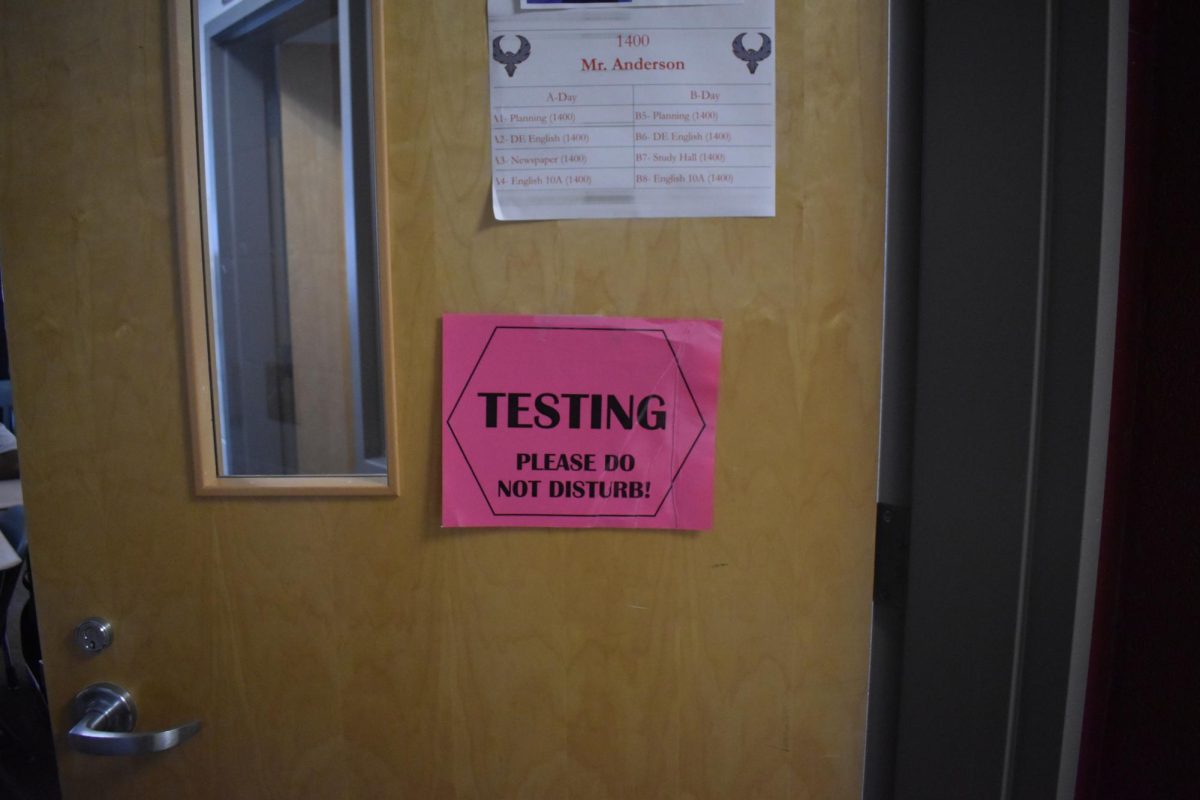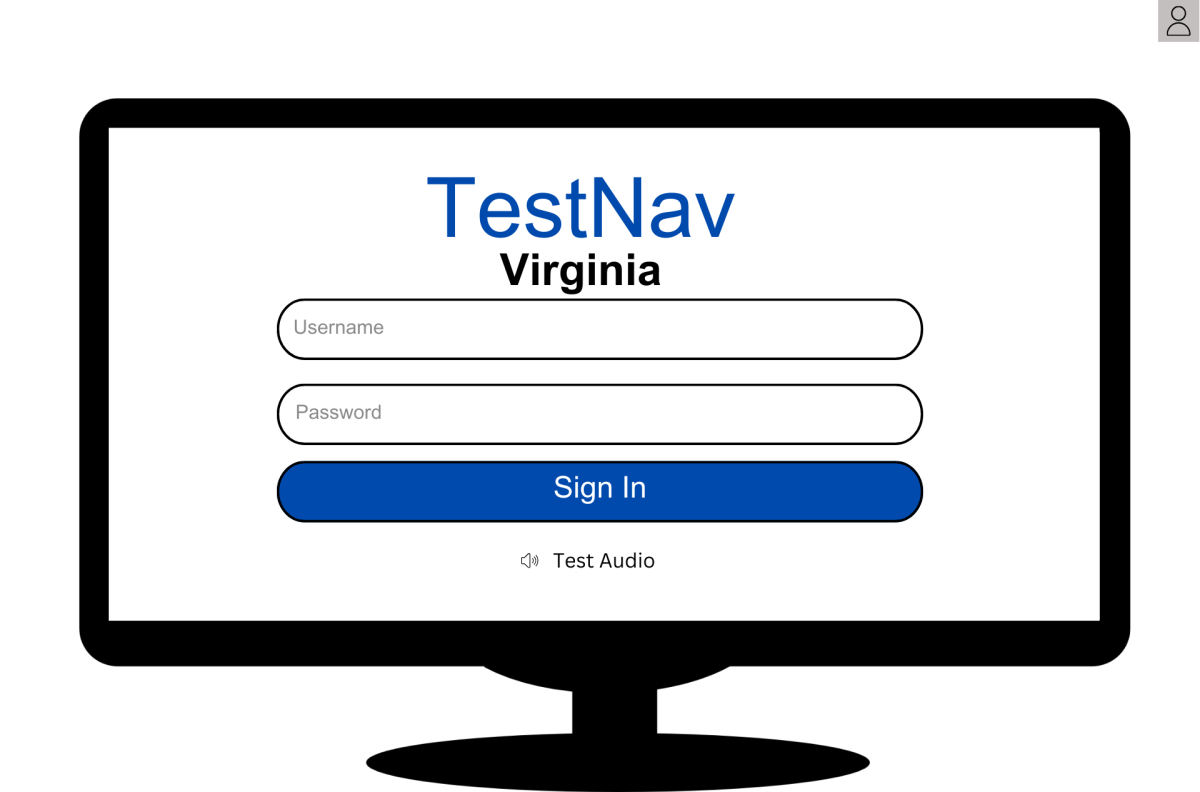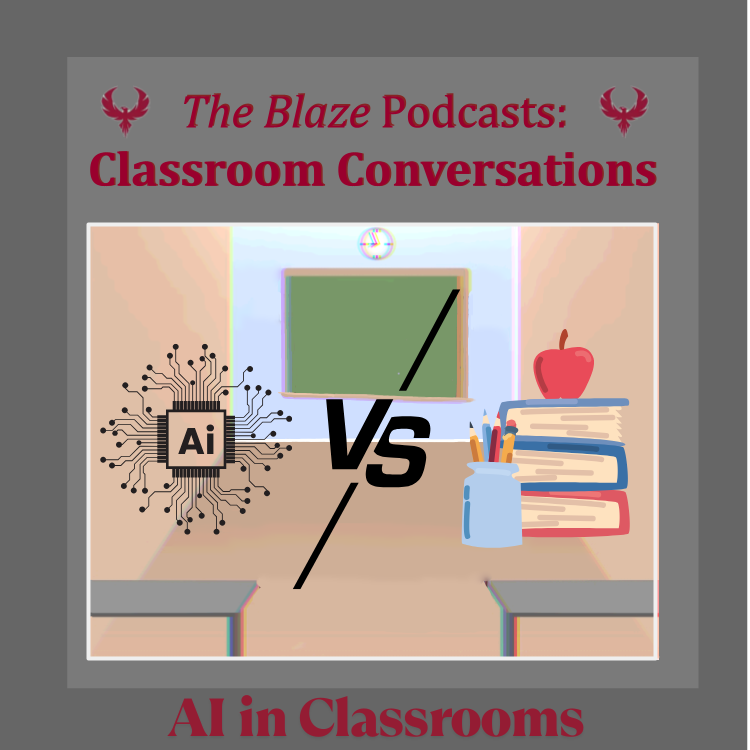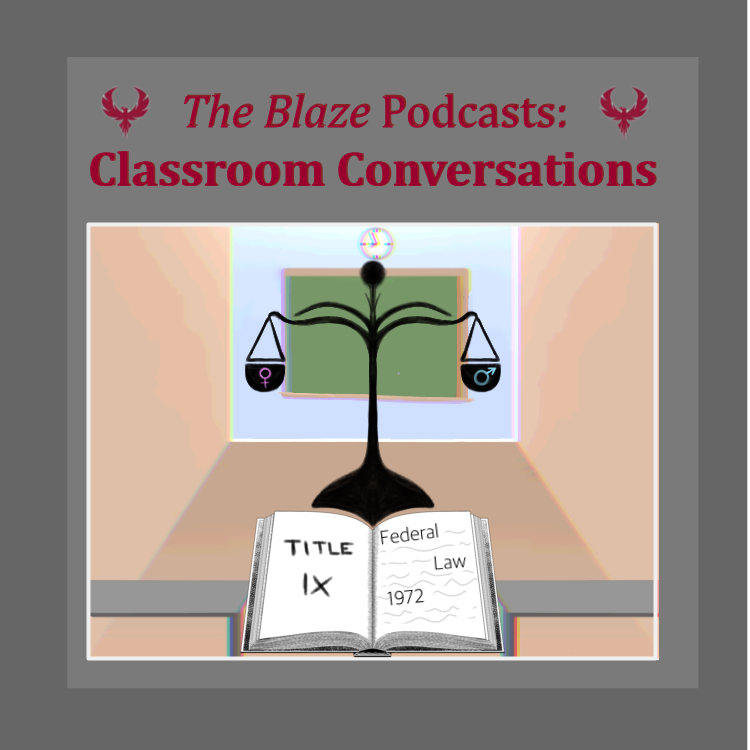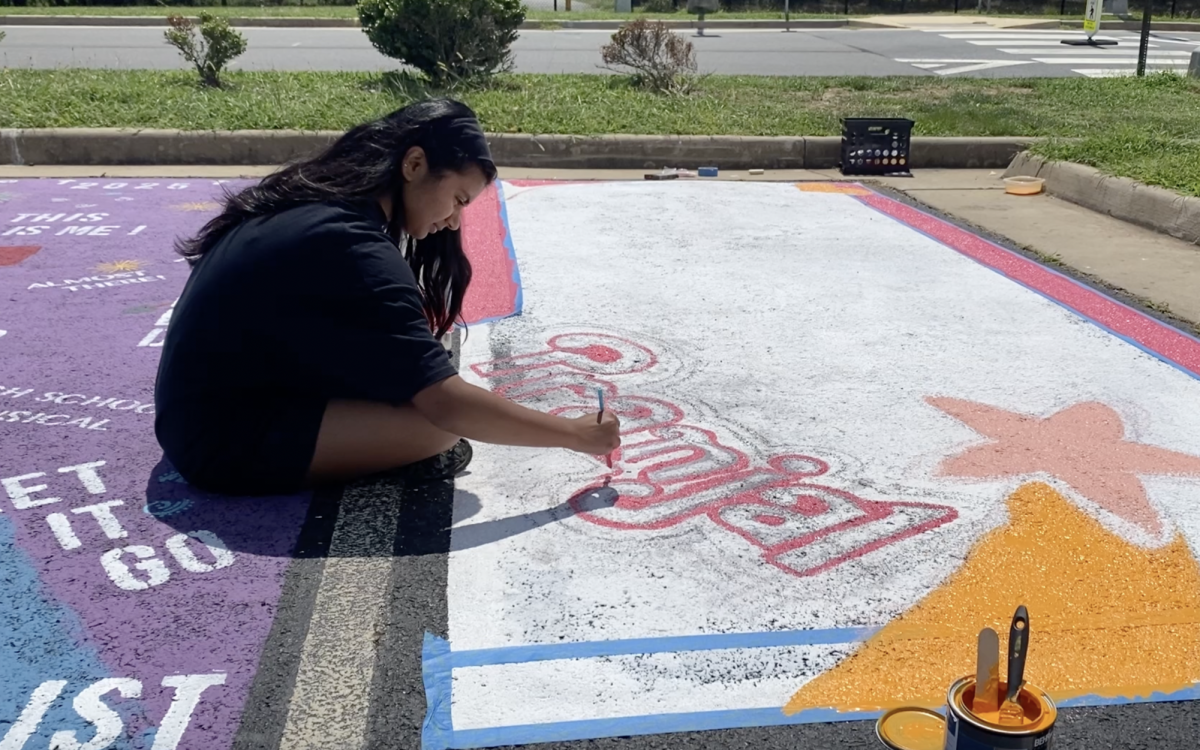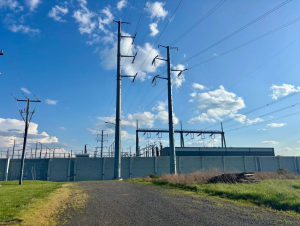Students Struggle With Skyrocketing Higher Education Costs, President Joe Biden Aims to Alleviate Student Debt
Since Aug. 24, President Joe Biden has promised Americans a new, innovative plan to support graduates in need. The plan focuses on three areas: targeted debt relief, making the student loan system more manageable, and reducing the cost of college.
Sitting at her desk, science teacher Kayla Hennessey plans lessons for her two classes. Hennessey began teaching in 2015 and received two college degrees, but she continues to pay off her student debt
November 1, 2022
On Aug. 24, President Joe Biden announced a new plan focused on providing student loan relief for those who need it most. The three-pronged plan aims to provide “breathing room” for working class American families to recover from the “strains” of COVID-19 pandemic.
According to Biden’s fact sheet, the cost of higher private and public education has nearly tripled since 1980, creating an increased need for financial assistance. Nearly 50 years ago, Pell Grants were established, which is federal student aid provided to undergraduate students that demonstrate “exceptional” financial assistance. The program, which supports students who have not attended or completed any higher education, covers around 46.7% less than they did in 1980, making the average federal student debt $37,113.
Senior Nethra Swamy said that the cost of a college education is high, but understands why there is a price. “I think the cost is too high for many colleges, but I definitely don’t think education at that level should be free,” Swamy said. “I would prefer college costs to lessen, but I doubt our current system would be able to uphold that same level of education that we currently have.”
For many students, college tuition amounts greatly impact their decision to attend or even apply to college. Senior Ayesha Ansari is currently planning on attending an in-state school to save money for her future. “I also plan on pursuing post-graduate education, so I would prefer to get a college degree at a relatively lower cost, since I would still have to pay for postgraduate [education],” Ansari said.
According to a survey conducted by the ECMC Group in Sept. 2021, the likelihood of students attending a four-year college “sank nearly 20%” in the last eight months to 53%. Yet, 83% of Gen Z was reported to think about their education and future career path at least once a week, and 47% wish for a more “skill-focused, quicker” journey to their desired career path, hoping for a program they can complete in less than two years.
Science teacher and Loudoun County native Kayla Hennessey received a bachelor’s degree in Bachelor of Science in Secondary Education from Pennsylvania State University in 2015, and attained a Masters of Education in Environmental Education from Slippery Rock University in August 2021. She currently works as a full-time earth science and AP environmental science teacher, and is currently paying off her student loans. Her education at Penn State was expensive, compared to her experience at Slippery Rock University, which is a relatively low-cost program. “Going to Penn State was expensive regardless [of the graduation time], so even just going those four years was a lot, and I chose a relatively cheap program [for my master’s education], even though it was online and out of state,” Hennesssey said.
Along with the rising educational costs, the amount of debt that students graduate with has increased around 317% since 1970, discouraging many low-income students from attending college and university, according to a study published in the Education Data Initiative.
The Biden Administration released the student loan forgiveness applications on Oct. 15, which aims to benefit Americans based on their annual income. If an individual or family has an annual income less than $125,000 or $250,000, respectively, they qualify for the forgiveness plan, which will cancel up to $20,000 for Pell Grant recipients, and $10,000 for non recipients. “I would’ve liked more in forgiveness, but like I said, I’m so grateful for whatever [debt relief comes],” Hennessey said.
With less and less Pell Grants being issued, students are left with no choice but to take out loans to pay for their education, but even these loans don’t cover nearly as much of the total cost of college as they used to. On March 28, Biden released the 2023 budget plan, which allocates 16% more towards education, including a $400 increase in the maximum amount of money a Pell Grant recipient can obtain, from $6,495 to $6,895. However, the Pell Grant still “falls short of restoring [the] purchasing power” that it aimed to provide upon its inception in 1972.
Biden started a three-part plan to help families deal with the burden of their loans after the extensive economic damage of the COVID-19 pandemic and rising college costs. However, this forgiveness plan is only intended for low and middle income families, and high income families will not benefit from this plan.
The Department of Education has also introduced a repayment plan that will cut undergraduate monthly loans by half. This is meant to protect undergraduate students from expensive loans that they may have to pay off in the future. President Biden is also working towards making community college free and increasing the maximum Pell Grant. The president is also striving to reduce college prices and protect future college students.
At the end of October, the 8th Circuit Court of Appeals issued a halt to the plan which prevented debtors from starting to pay off their loans. “Since they’re giving us a forgiveness, I figured that [The Biden Administration] wouldn’t keep extending it,” Hennessey said. The fifth and final pause of the plan will end in Jan. 2023, when debtors must begin repaying their loans.

















![The Phoenix varsity volleyball team lines up for the national anthem. “We were more communicative [with each other] during this game, and I feel like we kept our energy up, especially after the first set,” senior Jessica Valdov said.](https://theblazerrhs.com/wp-content/uploads/2024/10/DSC_0202-1200x800.jpg)




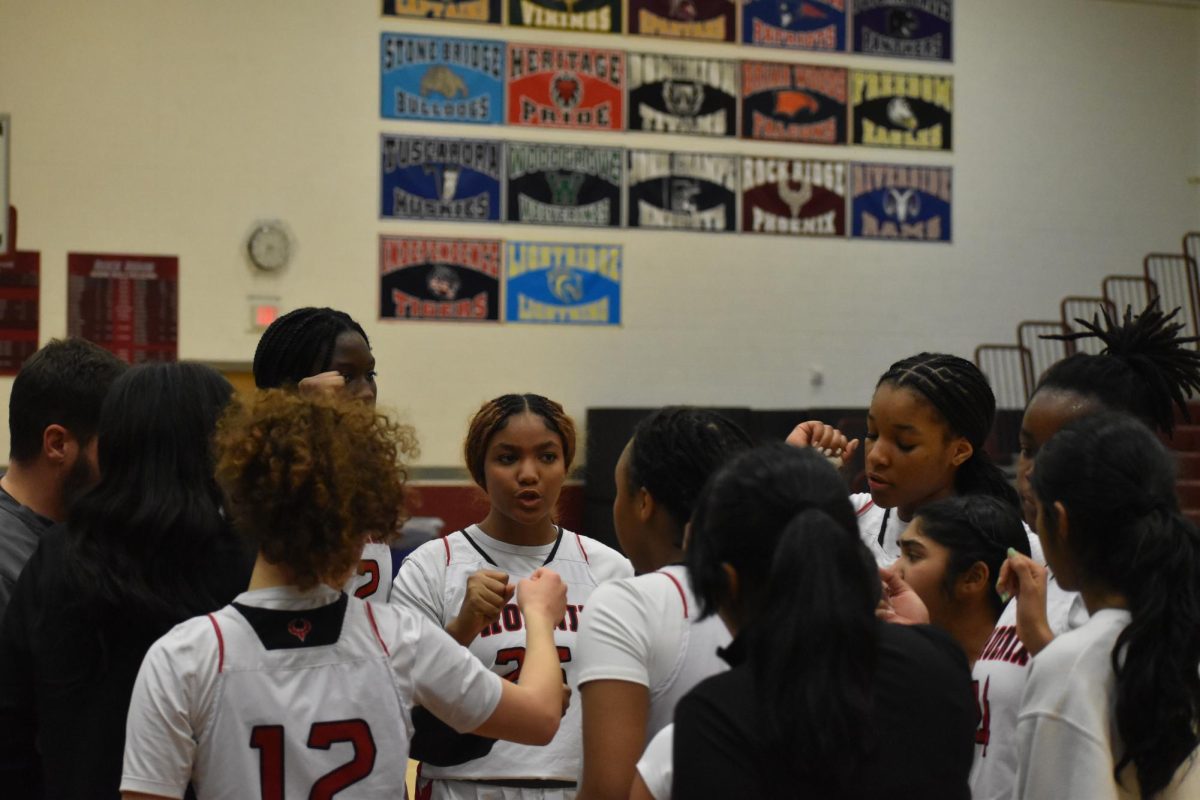



![Junior Alex Alkhal pitches the ball. “[I] just let it go and keep practicing so we can focus on our goal for the next game to get better as a team,” Alkhal said.](https://theblazerrhs.com/wp-content/uploads/2025/05/DSC_0013-1-1200x929.jpg)







